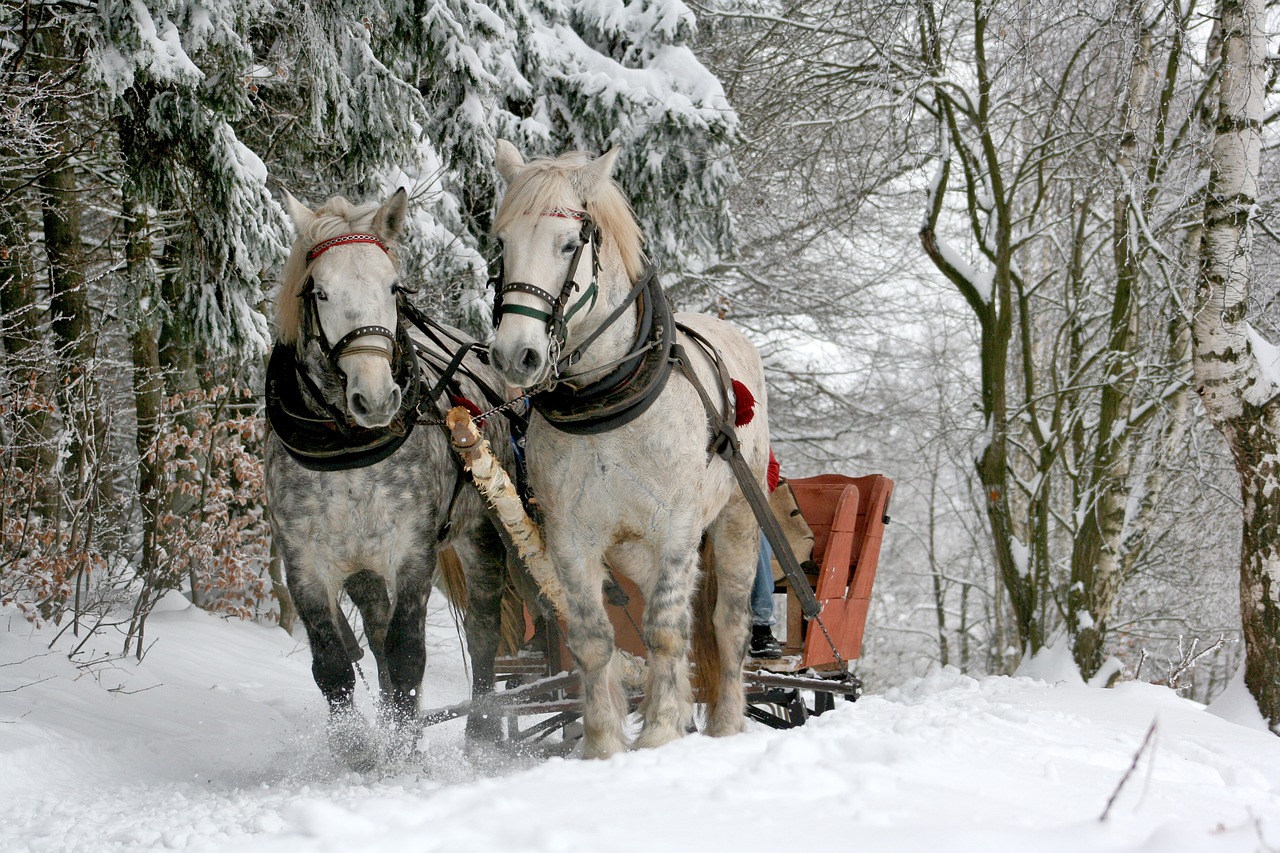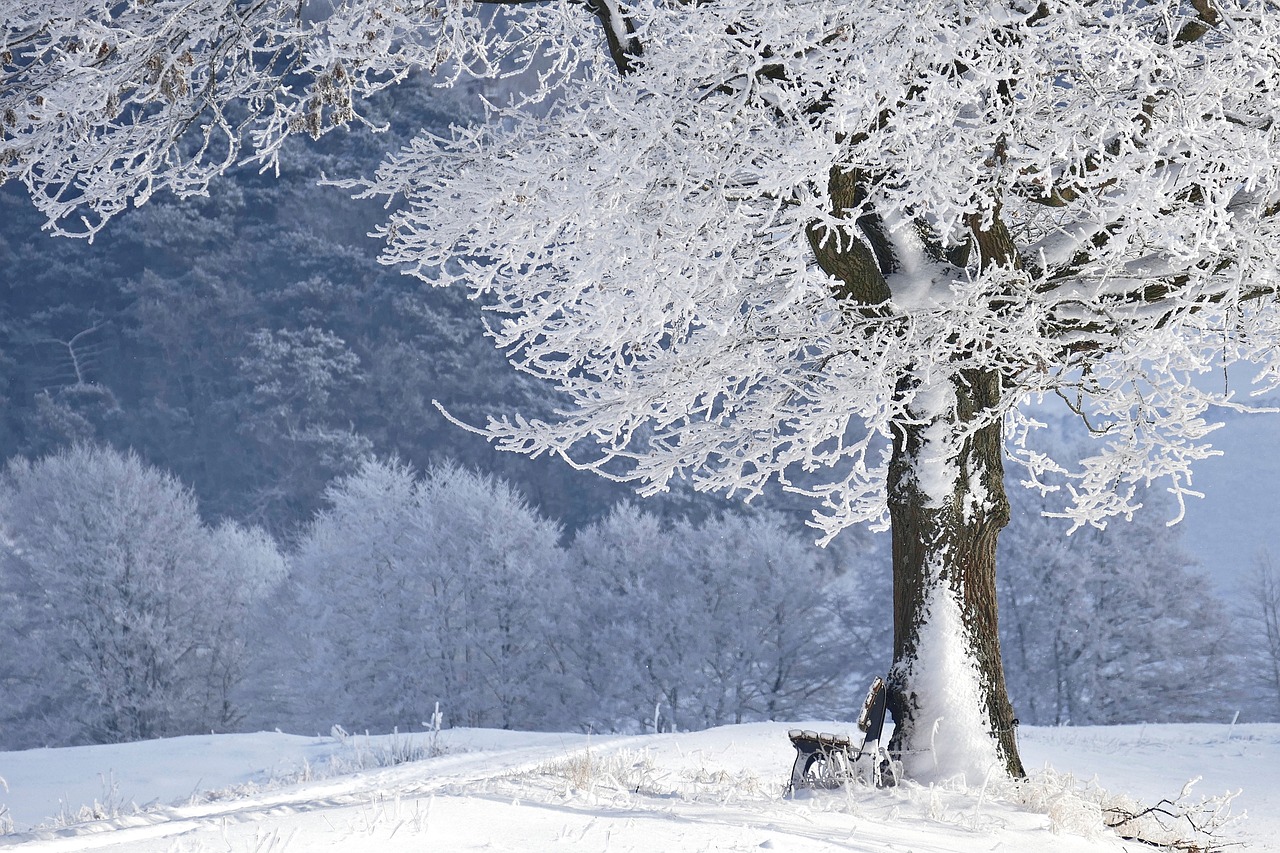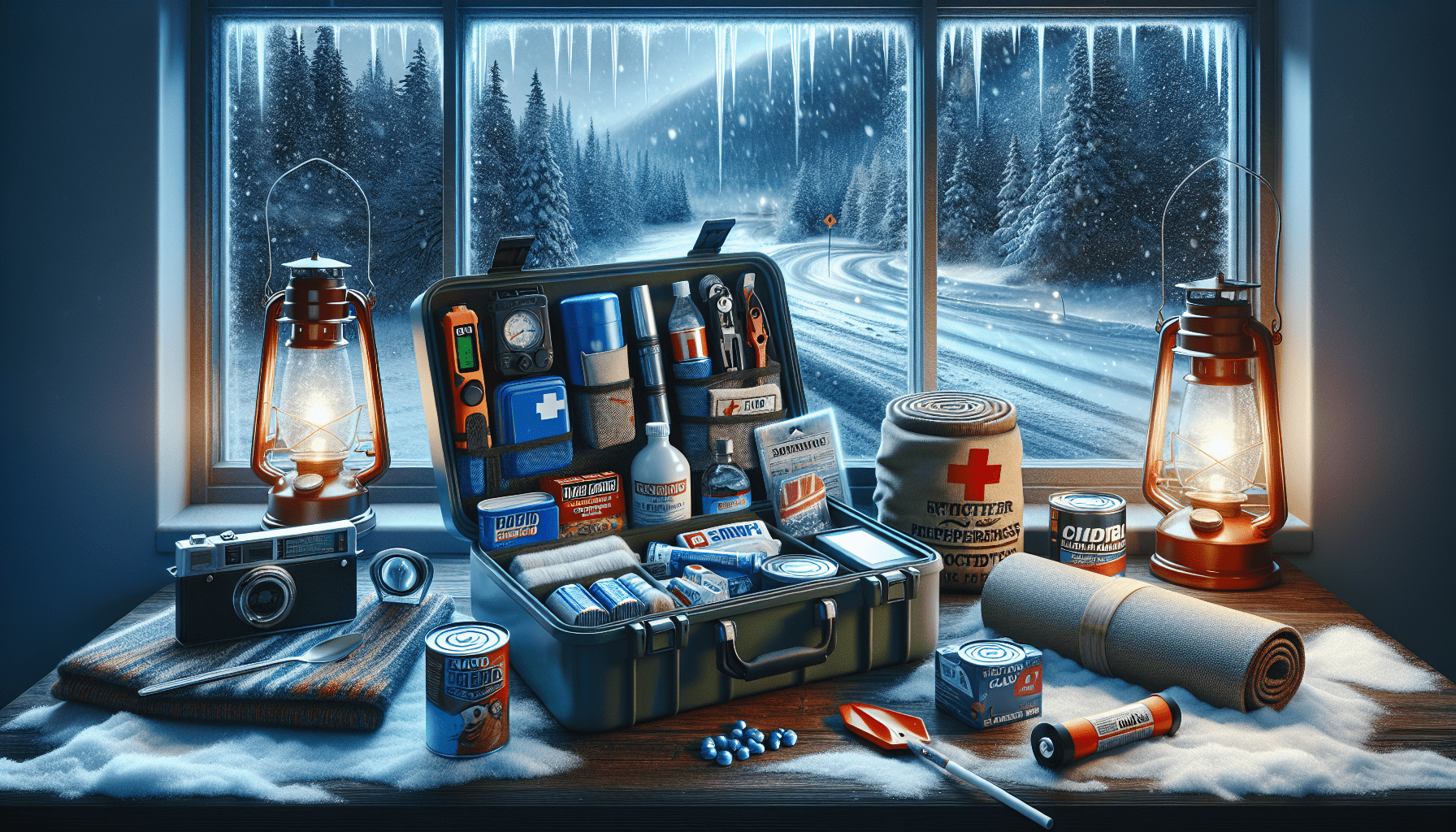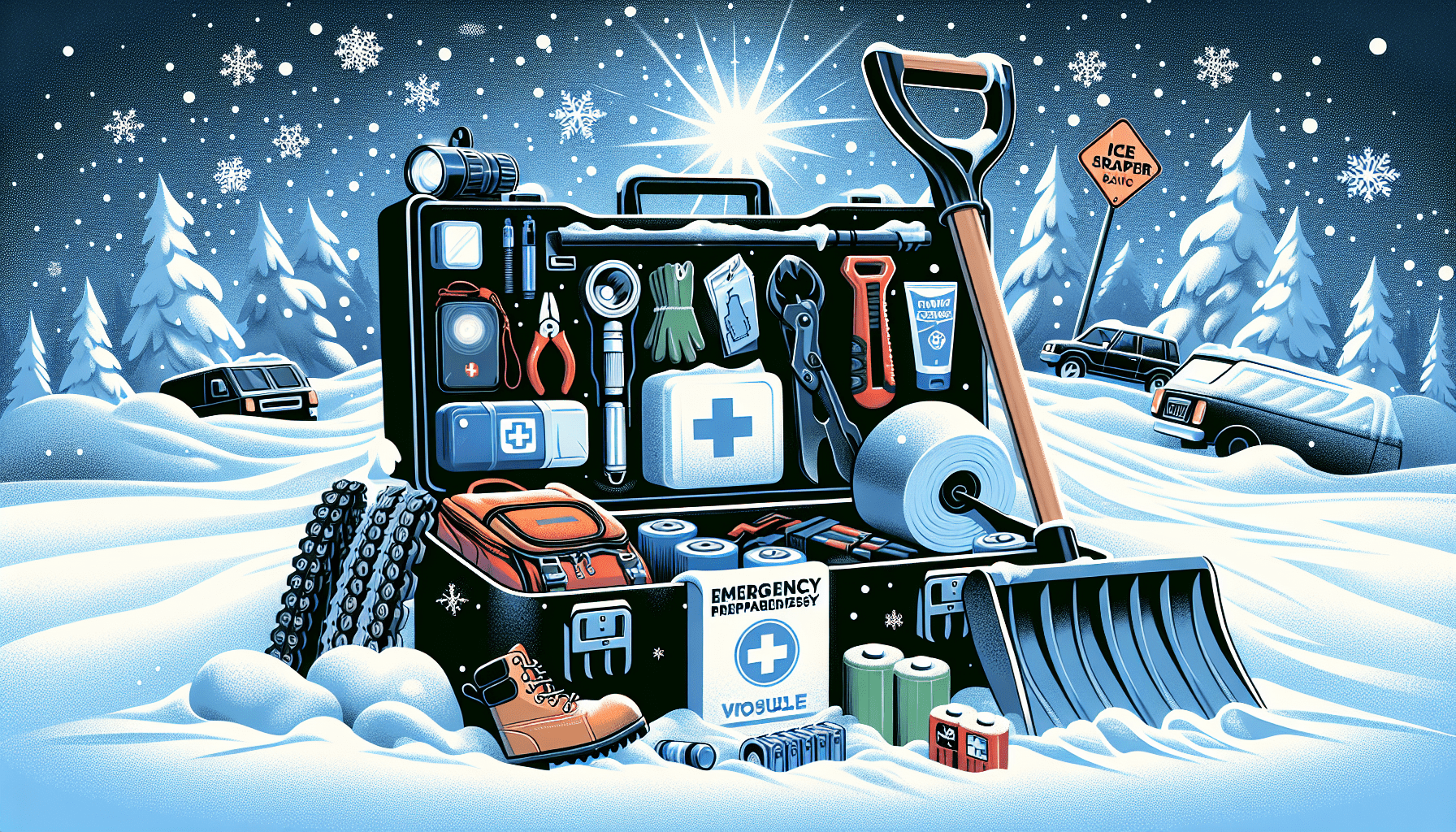As the winter season approaches, it’s important to ensure you are prepared for any potential emergencies that may arise. From power outages to severe winter storms, having a well-stocked seasonal emergency preparedness kit can make all the difference in keeping you and your loved ones safe. In this article, we will explore the essential items to include in your winter emergency kit and provide helpful tips on how to stay prepared throughout the colder months. From warm clothing to non-perishable food items, get ready to build your winter edition emergency kit and face the season with confidence.

Food and Water
In the event of a winter emergency, having a well-stocked supply of non-perishable food items is essential. These types of foods have a longer shelf life and can withstand a variety of weather conditions. Items like canned goods, dried fruits, nuts, and crackers are great options to consider. Don’t forget to pack a manual can opener for those cans that require one. It’s also important to have an ample supply of bottled water on hand. Aim for at least one gallon of water per person per day, to ensure hydration throughout the emergency.
In addition to food and water, energy bars and snacks are also beneficial to include in your emergency kit. These compact and convenient options will provide an extra boost of energy when it’s needed most. Powdered milk is another item to consider, as it can be easily mixed with water to provide a source of nutrition. Don’t forget to pack disposable utensils, such as plastic spoons and forks, to avoid the need for washing dishes.
And lastly, it’s a good idea to pack water purification tablets. Sometimes, the water supply can become contaminated during an emergency, and these tablets can help purify the water, making it safe to consume.
Medical Supplies
A well-stocked first aid kit is an essential component of any emergency preparedness kit. It should include items such as bandages, gauze, adhesive tape, antiseptic wipes, and scissors. It’s also important to include any necessary prescription medications that you or your family members may need during an emergency. Make sure to check the expiration dates and replace them as needed. A thermometer is another valuable tool to have on hand, as it allows you to monitor the body temperature and detect any signs of illness.
Pain relievers, such as acetaminophen or ibuprofen, should also be included to help alleviate any aches or pains that may arise during the emergency. Antibiotic ointment is useful for treating minor wounds, while bandages and gauze can be used for larger injuries. It’s always better to be over-prepared when it comes to medical supplies, so stock up on these essentials.

Heat and Lighting
Staying warm during a winter emergency is crucial to prevent hypothermia and other cold-related illnesses. Warm blankets should be included in your emergency kit to provide insulation and retain body heat. Hand warmer packs are also a great addition, as they can provide instant warmth to hands and feet.
If possible, consider adding a portable space heater to your emergency kit. Be sure to follow all safety guidelines and to have extra fuel on hand. Candles and matches are another alternative, but always exercise caution when using open flames. Flashlights and battery-powered lanterns are a must-have for any emergency kit. Make sure to check the batteries regularly and keep extras on hand.
Communication and Navigation
During a winter emergency, it’s important to stay informed and connected to the outside world. A battery-powered radio will allow you to receive updates on the situation and any evacuation notices. Be sure to have extra batteries for the radio, as well as for any other battery-powered devices you may have.
A portable cellphone charger is essential to ensure that you can maintain communication during an emergency. Keep it fully charged and have spare charging cables on hand. In addition to technology, a whistle should be included in your emergency kit. It can be used as a signal for help if needed. A map and compass are also vital tools for navigation and should not be overlooked. Familiarize yourself with their use before an emergency situation arises. Lastly, flares are useful for signaling distress and should be included in your emergency kit.

Clothing and Personal Hygiene
Proper clothing is crucial for staying warm and comfortable during a winter emergency. Layering is key, so include warm clothing layers such as thermal underwear, sweaters, and thick socks. Insulated gloves and hats will help protect your extremities from cold temperatures. Waterproof boots are essential, especially if you need to navigate through snow or slush.
Personal hygiene is often overlooked during emergencies, but it’s important to maintain cleanliness. Include hand sanitizer in your kit to keep hands clean, especially if handwashing facilities are limited. Toilet paper should also be included, as well as soap and toiletries for personal hygiene needs.
Emergency Shelter
In the event that you are unable to stay in your home, having emergency shelter supplies is essential. Emergency blankets are lightweight and compact, making them easy to store in your kit. These blankets reflect and retain body heat, providing insulation and warmth. A tarp and rope are also useful for creating temporary shelter from the elements. Consider including a tent or bivvy sack for more substantial shelter during a longer-term emergency.
Sleeping bags are an important addition to your emergency kit, providing warmth and comfort during the night. If possible, include a camp stove and fuel for cooking and boiling water. Firewood can also be helpful, but make sure to store it properly and follow fire safety guidelines.

Tools and Equipment
Having the right tools and equipment can make a big difference in an emergency situation. A multi-tool is a versatile tool that includes various functions such as a knife, pliers, and screwdriver. Duct tape is another handy item to have in your kit, as it can be used for repairs and sealing purposes. A shovel will come in handy for clearing snow or creating a path. Rope can be used for various purposes, such as securing shelter or creating a makeshift clothesline.
An ax or hatchet can be useful for chopping firewood or clearing debris. If you have access to a portable generator, it can provide power during an outage. Remember to store extra fuel for the generator safely and follow all safety guidelines.
Hydration and Fuel
Maintaining hydration is vital during an emergency, so be sure to include water containers in your kit. These containers should be sturdy and durable, capable of holding a significant amount of water. Water filters are also important to remove any contaminants or impurities in the water. Consider including a cooking stove and fuel for preparing meals and boiling water. Having a fuel canister on hand will ensure that you can cook and stay warm when necessary. A mess kit is also useful for cooking and eating meals during the emergency. Lastly, waterproof matches should be included in case other ignition sources become wet.

Entertainment and Comfort
No one wants to be bored or uncomfortable during an emergency. Include items that will provide entertainment and comfort during the downtime. Board games and playing cards are great options for keeping the mind occupied and promoting social interaction. Books and magazines can provide hours of reading pleasure. If you have access to a portable DVD player, it can be a great way to watch movies or TV shows to pass the time. Don’t forget to include portable phone speakers to enhance your audio experience.
Warm blankets and pillows are essential for comfort, especially when sleeping in unfamiliar surroundings. Portable camping chairs provide a place to sit and relax, even if you’re outside. These small comforts can make a big difference during a stressful time.
Important Documents and Cash
In any emergency situation, it’s crucial to have your important documents and cash readily accessible. Make sure to have copies of identification documents such as passports, driver’s licenses, and birth certificates. Keep these copies in a waterproof bag or folder. Insurance policies are also important to have on hand, especially if you need to file a claim for any damages.
Having cash in small bills is vital in case electronic payment systems are unavailable. Emergency contact numbers should be stored in your phone or written down and kept with your documents. Important personal records, such as medical records or prescriptions, should also be included in your emergency kit. Lastly, photographs of loved ones can provide comfort and a sense of connection during a challenging time.
By building a comprehensive seasonal emergency preparedness kit for the winter, you will be well-equipped to handle any unforeseen circumstances that may arise. Remember to regularly check and replenish your supplies to ensure they are always up to date. By taking these steps, you will have peace of mind knowing that you are prepared and ready to face whatever challenges winter may bring. Stay safe and stay prepared!
